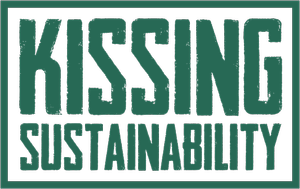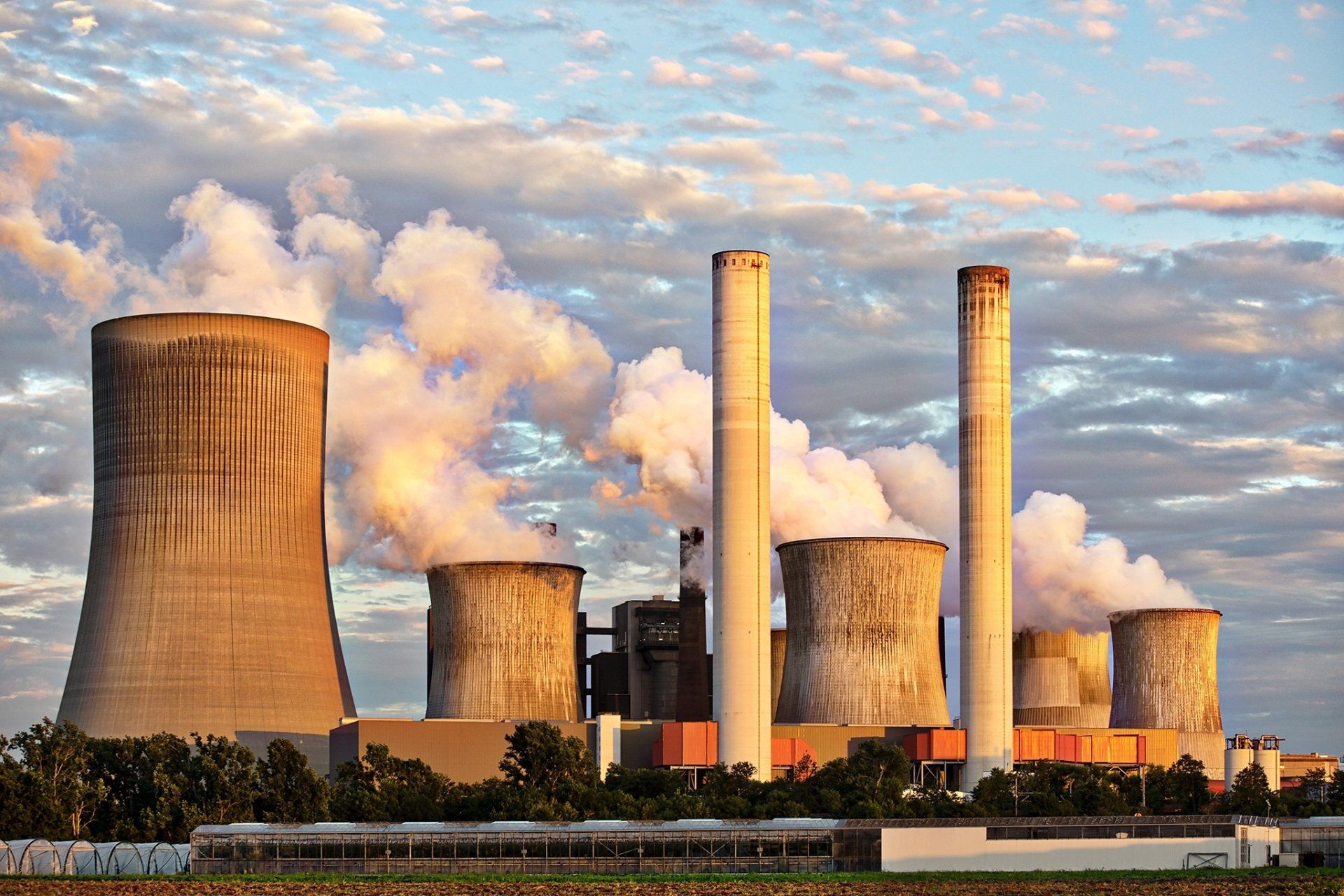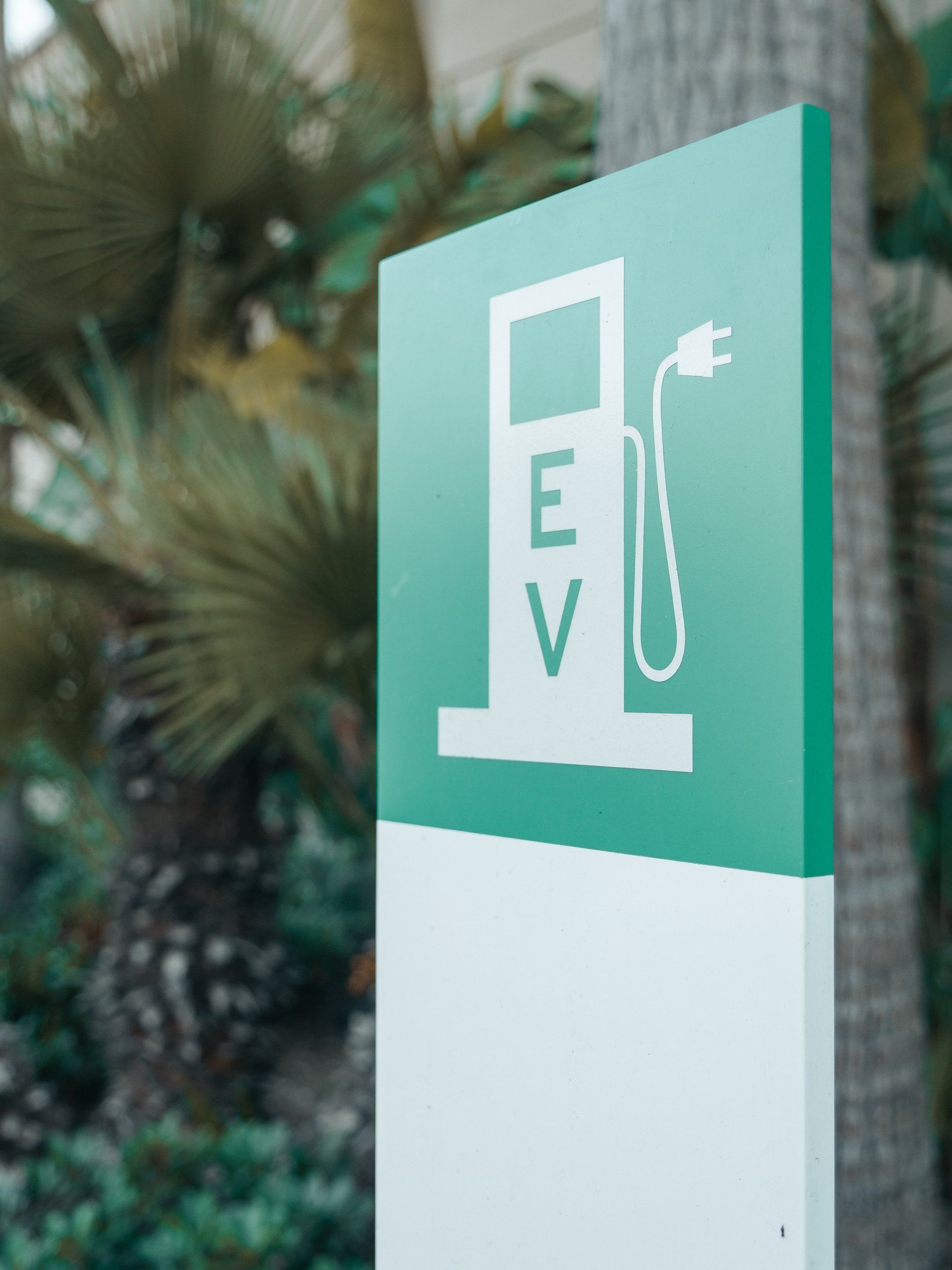Articles
Thoughts and observations on a whole range of Sustainability topics
ESG, Decarbonisation, Social Impact, Electric Vehicles, Decarbonisation of buildings, Just Transition and lots more
IPCC 6th Assessment Report 1 – Is Climate Change Real?
Is Climate Change Real and caused by us? Yes!
A quick explanation of terms the IPCC reports use. Scientists very rarely say something is certain, as there is always the possibility a better hypothesis or explanation will be found. The IPCC uses “likely” to mean greater than 66% chance, “very likely” to mean greater than 90% chance & “virtually certain” to mean more than 99% chance. “Unlikely” means there is less than a 33% chance (but more than a 10% chance)
It's important to remember this because if a statement said "The plane is unlikely to crash”, that would mean there is between a 10% & 33% chance it WILL crash! Not a plane I’d be getting on for sure. This detail is often not understood or considered when media report on IPCC documents.
So that said what does the report say?
It is unequivocal that global heating is human influenced. Read that again, unequivocal… given what I have written above think how certain the IPCC is to use that word. Next time anyone denies the reality of climate change or calls the impact it will have into question remember the IPCC are unequivocal in a report where “very likely” means 90%+
The level of global heating is unprecedented over thousands of years. It is affecting droughts, flooding & storms now. The global temperature will keep increasing in all scenarios (ie whatever we do) until mid-century & will exceed 2oC in the 21st century unless deep reductions are made now
Ocean & land sinks (parts of the planet than absorb CO2 like forests) will become less effective if CO2 keeps increasing. Ice-sheet collapse, abrupt ocean circulation changes & compound extreme events cannot be ruled out
CO2 is the priority, with levels the highest in over 2 million years, but Methane also needs significant focus (which as an aside is not good news for Gas even with carbon capture)
Current temperature increase is 1.1oC with 1.6oC over land (if that doesn’t sound much the pre-industrial average global temperature was 13.7oC, so 1.6oC is 12%)
Heating has caused more rain, glacial / artic melting & hotter less oxygenated oceans
Sea levels have risen 0.2m & are now rising at 0.4cm / year (note it was 0.13 in 1935, 0.19 in 1988 & 0.37 in 2012 – so expect that rate to accelerate a lot)
If we just carry on at the historic rate of emissions we will likely see 4.4oC (possibly 5.7oC) by 2100 (SSP5 – 8.5)
If emissions broadly double by 2100 we will likely see 3.6oC (possibly 4.6oC, SP3 – 7.0)
If levels drop in 2nd half of the century to net zero by 2100 likely to see 2.7oC (possibly 3.5oC)
Immediate reductions with net zero by 2075 & negative (!!) after that 1.8oC (possibly 2.5oC)
Net zero by 2050 with negative after that 1.6oC (possibly 2.0oC)
Even the low end assume negative emissions! That we’ll suck carbon out of the atmosphere once we hit net zero. A significant risk. To have any chance of keeping near 1.5oC we need massive reductions in emissions now.
The next article covers “So What?” based on the 2nd IPCC Sixth Assessment Report, so look out for that
Keep KISSing Sustainability, Simon xx
Sustainability Articles
a b c d e f g h i j k l m n o - Do not remove from template!!! it is important to support different fonts

+44 7890 026746
simon@participation.co.uk
Pilley, New Forest, UK


